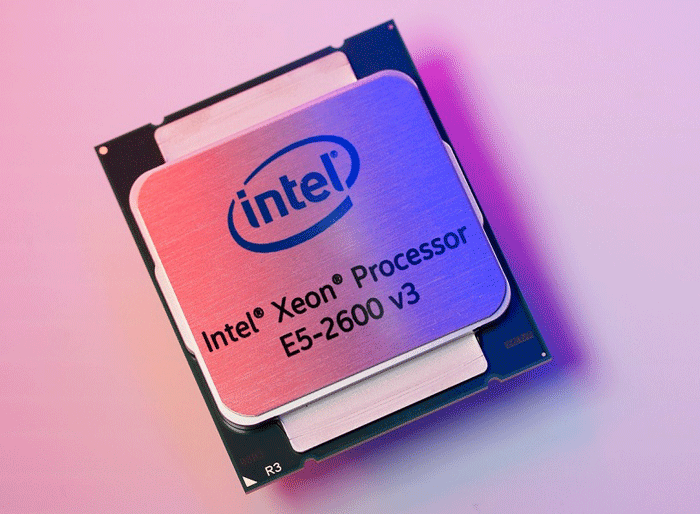Intel has launched its new chip, the Haswell-based Xeon E5 v3 series: great news for ray trace rendering.
Dell, HP, Lenovo and a number of specialist workstation manufacturers have all announced machines based on the new Intel chip architecture, which promises a jump in performance, support for DDR4 memory, and up to 18 cores in a single CPU – 50 per cent more cores than you got with the Ivy Bridge Xeon E5 v2 Series.
Dual CPU workstations can now have a whopping 36 cores and 72 threads, an attractive proposition for users of multi-threaded ray trace renderers like Luxion KeyShot, V-Ray and mental ray in apps such as 3ds Max.
Having this many cores in a single CPU does reduce clock speed though with the 18 core Intel Xeon E5-2699 v3 only running at 2.3 GHz.
For a better balance of performance in single threaded and multi-threaded applications, the eight core 3.2GHz Xeon E5-2667 v3 and ten core 3.1GHz Xeon E5-2687W v3 both look interesting.
For single CPU workstations, the four core Xeon E5-2667 v3 pushes the clock speed up to 3.7GHz.
The introduction of DDR4 memory at speeds of 2,133MHz is also 14% faster than Ivy Bridge’s 1,866MHz DDR3 memory.
The Intel Xeon E5-2600 v3 platform with Intel C612 chipset also increases the number of USB 3.0 ports to six, which will be important to users of high-speed external storage or peripherals such as laser scanners, and the number of SATA 3.0 (6Gb/sec) ports to 10.
In addition to desktop workstations, the new Xeon processors are likely to be of big interest to virtual workstations, such as the Dell Precision Rack 7910 and HP DL380z.
With more CPU cores to play with could mean more users per rack workstation, as long as the GPU requirements aren’t too high.
If you enjoyed this article, subscribe to AEC Magazine for FREE






